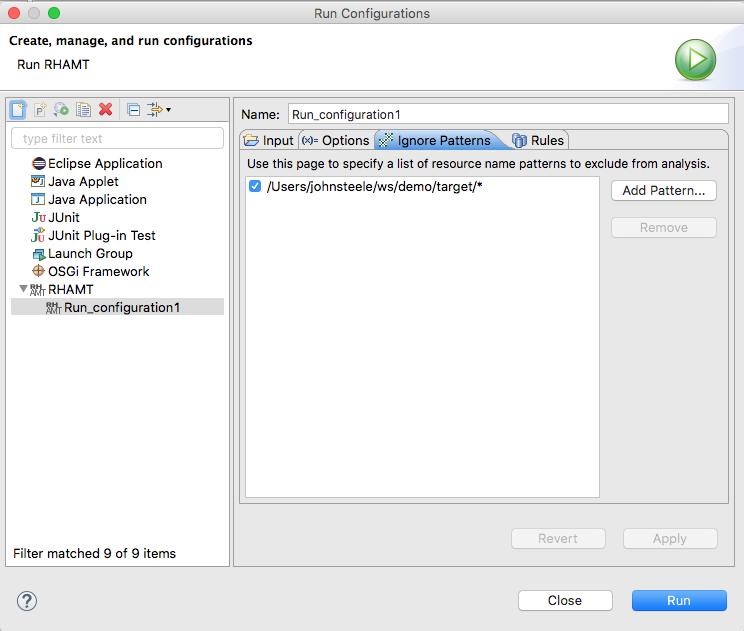Try our leaner, complete Eclipse Photon and Red Hat Developer Studio 12 compatible integration tooling.

JBoss Tools Integration Stack 4.6.0.Final / Red Hat Developer Studio Integration Stack 12.0.0.GA
| All of the Integration Stack components have been verified to work with the same dependencies as JBoss Tools 4.6 and Red Hat Developer Studio 12. |
What’s new for this release?
This is the initial release in support of Eclipse Photon. It syncs up with Developer Studio 12.0.0, JBoss Tools 4.6.0 and Eclipse 4.8.0 (Photon). It is also a maintenance release for Teiid Designer and BRMS tooling.
Released Tooling Highlights
Business Process and Rules Development
BPMN2 Modeler Known Issues
See the BPMN2 1.5.0.Final Known Issues Section of the Integration Stack 12.0.0.GA release notes.
Drools/jBPM6 Known Issues
See the Drools 7.8.0.Final Known Issues Section of the Integration Stack 12.0.0.GA release notes.
Data Virtualization Highlights
Teiid Designer
See the Teiid Designer 11.2.0.Final Resolved Issues Section of the Integration Stack 12.0.0.GA release notes.
What’s an Integration Stack?
Red Hat Developer Studio Integration Stack is a set of Eclipse-based development tools. It further enhances the IDE functionality provided by Developer Studio, with plug-ins specifically for use when developing for other Red Hat products. It’s where DataVirt Tooling and BRMS tooling are aggregated. The following frameworks are supported:
Red Hat Business Process and Rules Development
Business Process and Rules Development plug-ins provide design, debug and testing tooling for developing business processes for Red Hat BRMS and Red Hat BPM Suite.
-
BPEL Designer - Orchestrating your business processes.
-
BPMN2 Modeler - A graphical modeling tool which allows creation and editing of Business Process Modeling Notation diagrams using graphiti.
-
Drools - A Business Logic integration Platform which provides a unified and integrated platform for Rules, Workflow and Event Processing including KIE.
-
jBPM - A flexible Business Process Management (BPM) suite.
Red Hat Data Virtualization Development
Red Hat Data Virtualization Development plug-ins provide a graphical interface to manage various aspects of Red Hat Data Virtualization instances, including the ability to design virtual databases and interact with associated governance repositories.
-
Teiid Designer - A visual tool that enables rapid, model-driven definition, integration, management and testing of data services without programming using the Teiid runtime framework.
The JBoss Tools website features tab
Don’t miss the Features tab for up to date information on your favorite Integration Stack components.
Installation
The easiest way to install the Integration Stack components is through the stand-alone installer or through our JBoss Tools Download Site.
For a complete set of Integration Stack installation instructions, see Integration Stack Installation Guide
Let us know how it goes!
Paul Leacu.




